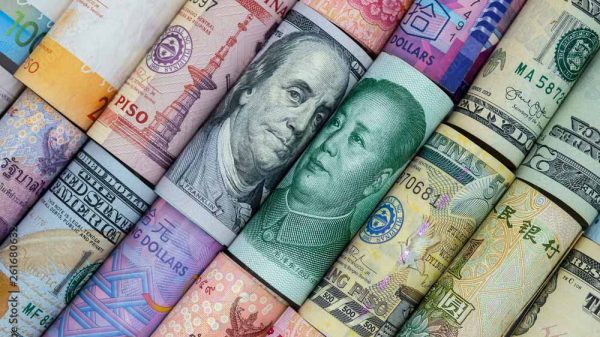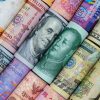Estimated Cost: 64 Billion USD
Dubailand (129 square miles of land) = 3 Disneyworlds (43 square miles)
Dubailand, located in Dubai, United Arab Emirates, is an ambitious and expansive project that has transformed the region into an economic powerhouse. It is a testament to Dubai’s visionary leadership and its commitment to diversifying its economy beyond oil and gas. Dubailand is not only a tourist destination but also a thriving business hub that attracts investors, entrepreneurs, and visitors from around the world.

One of the key factors contributing to Dubailand’s economic success is its diverse range of attractions and facilities. It offers a wide array of entertainment options, including theme parks, water parks, shopping malls, hotels, resorts, and cultural centers. These attractions cater to various demographics, ensuring that there is something for everyone, whether it’s families seeking fun and adventure or business travelers looking for luxurious accommodations.
Dubailand’s strategic location also plays a vital role in its economic significance. Situated at the crossroads between Europe, Asia, and Africa, Dubai serves as a global gateway for trade and investment. The city’s modern infrastructure, including its world-class airports and seaports, facilitates the movement of goods and services, making it an ideal hub for businesses to establish their presence in the Middle East and beyond.
Moreover, Dubailand has been successful in attracting foreign direct investment (FDI) due to its business-friendly environment and favorable economic policies. The government of Dubai has implemented measures to encourage investment, such as tax incentives, streamlined regulations, and a transparent legal framework. These initiatives have helped create a conducive ecosystem for businesses to thrive, leading to an influx of capital and expertise from around the world.
The real estate sector in Dubailand has also played a pivotal role in its economic growth. The region has witnessed significant development in infrastructure, including residential and commercial properties, which has attracted both local and international investors. The availability of state-of-the-art facilities and amenities has made Dubailand an attractive destination for businesses to set up their headquarters or establish regional offices.
Tourism is another major driver of Dubailand’s economy. The region’s world-class attractions and hospitality services have positioned it as a top tourist destination. The city’s iconic landmarks, such as the Burj Khalifa and Palm Jumeirah, along with its luxurious resorts and shopping malls, attract millions of tourists every year. This influx of visitors not only boosts the tourism sector but also fuels the growth of other industries, such as retail, hospitality, and transportation.
Furthermore, Dubailand’s commitment to innovation and sustainability has further enhanced its economic standing. The region has embraced cutting-edge technology and sustainable practices across various sectors. For instance, Dubailand has invested in renewable energy projects, such as solar power plants, to reduce its carbon footprint and promote environmental sustainability. Additionally, the adoption of smart city solutions has improved efficiency and enhanced the overall quality of life for residents and visitors.
In conclusion, Dubailand stands as a shining example of economic success in the Middle East. Its diverse range of attractions, strategic location, investor-friendly policies, and commitment to innovation have transformed it into a global business hub and a premier tourist destination. As Dubai continues to invest in its infrastructure and diversify its economy, Dubailand is poised to play an even more significant role in driving the region’s economic growth and establishing itself as a beacon of progress and prosperity in the Middle East.











